Phased-array radars
Our global network of radars is purpose-built to track LEO at scale
Explore our global radar network
The traffic in LEO is scaling rapidly. There are already tens of thousands of satellites, rocket bodies, and debris fragments to keep track of. Our phased-array radars, unaffected by sunlight, clouds, rain, and wind, operate continuously to track these objects. They are steered electronically with no moving parts, making them incredibly reliable with multi-decade operational lifetimes.
There are 10 independent radars across six sites operational today, with more in various stages of development.


Our Radar Sites
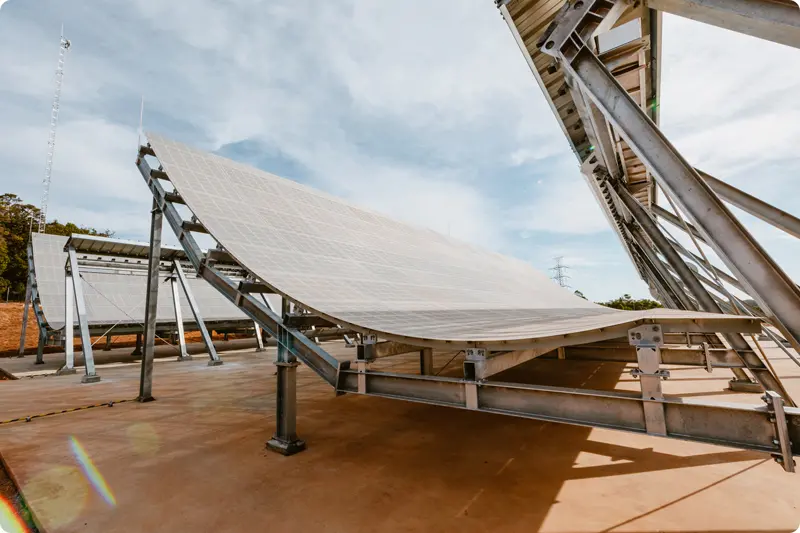
West Australian Space Radar
Located in Western Australia, this radar site is the second of our systems in the Southern Hemisphere. Equipped with S-band technology, WASR will enable superior tracking and monitoring of medium to high inclination resident space objects in LEO. This radar has been operational since 2023.
Azores Space Radar
Located on Santa Maria Island in the Azores, Portugal, this radar site expands on our ability to track objects due to its location in the Atlantic, closing a critical gap in longitude coverage in Europe and Africa. Equipped with S-band technology, an estimated 96% of cataloged objects pass through the radar’s field of view. This radar has been operational since 2022.
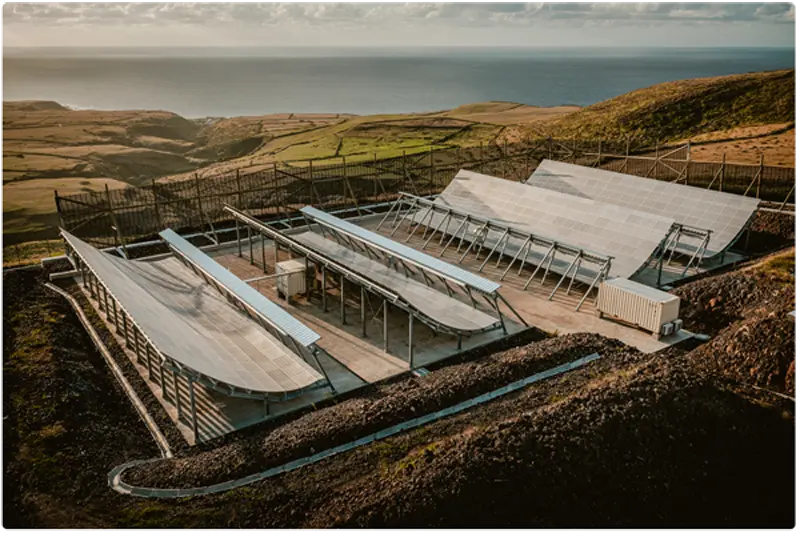
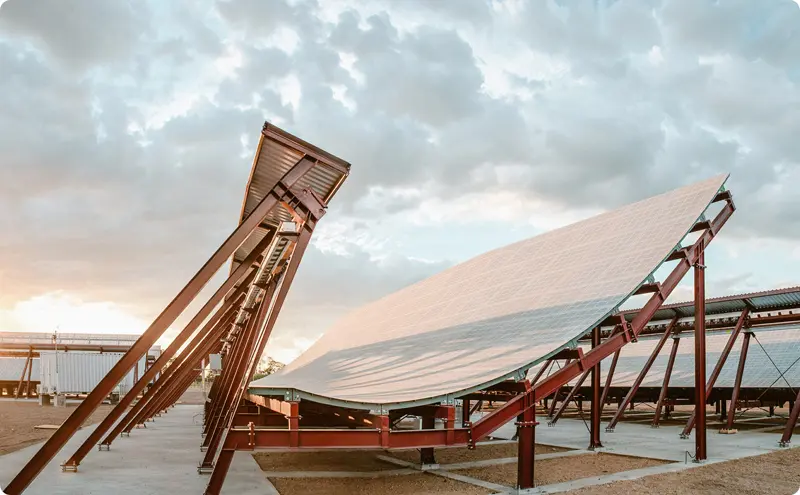
Costa Rica Space Radar
Located in Costa Rica, this is an advanced radar based on our proprietary S-band technology, consisting of multiple one-dimensional phased array radar systems. It is the first of our systems in an equatorial region, and the first in Central America. This radar has been operational since 2021.
Kiwi Space Radar
Located in New Zealand, this radar site is the first of our systems in the Southern Hemisphere and the first with S-band technology. This makes it the first of our radars sensitive to lethal, small space debris that’s currently untracked. This radar has been operational since 2019.
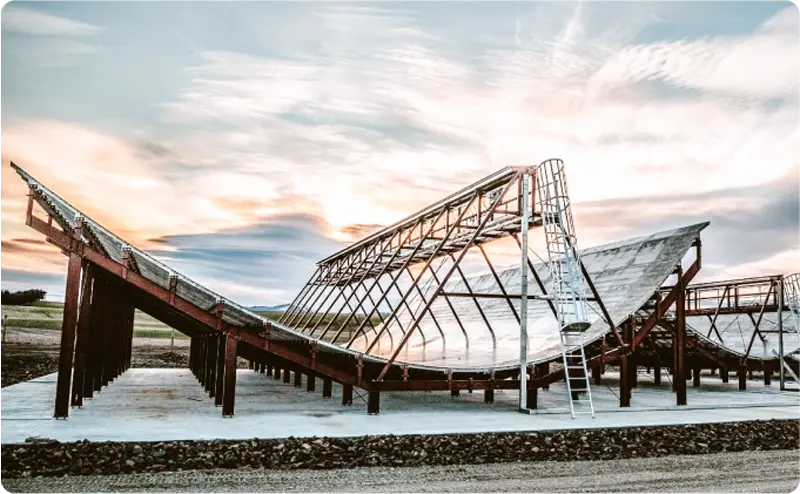
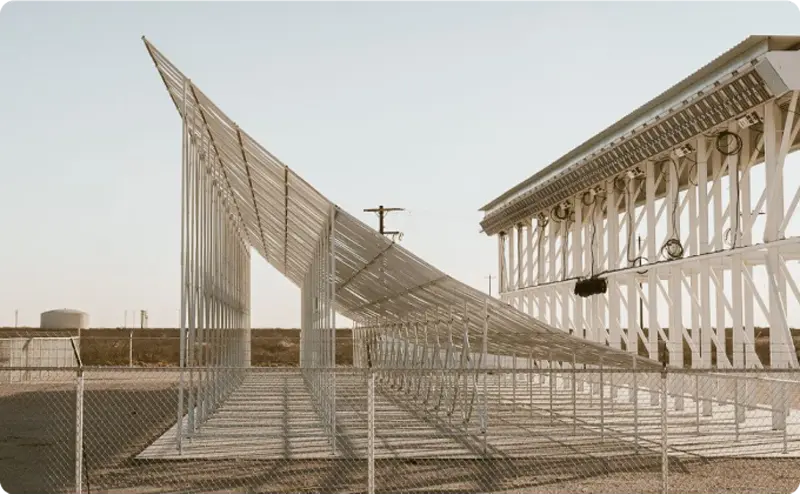
Midland Space Radar
Located in Texas, this is our first demonstration of a one dimensional phased-array radar for space, featuring all LeoLabs-designed hardware and software controls. This UHF radar covers mid and high inclination orbits and is the second radar in our network. This radar can track thousands of objects per hour and is sensitive to debris as small as 10 cm in diameter. MSR has been operational since 2017, with technical upgrades completed in 2023.
Poker Flat Incoherent Scatter Radar
Located in Alaska, this is a UHF radar covering the Northern Hemisphere. Built in 2007 by SRI International on behalf of the National Science Foundation, this radar provides data for studies of the upper atmosphere and ionosphere in the auroral zone. This radar has been feeding data into our system since 2016.
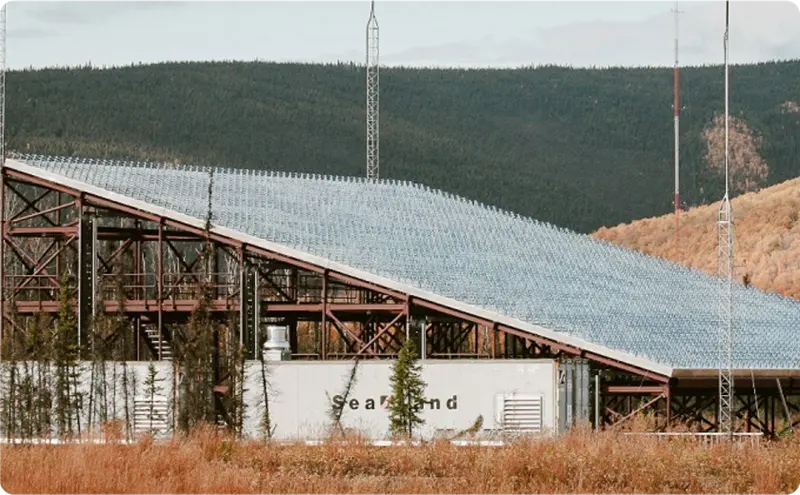
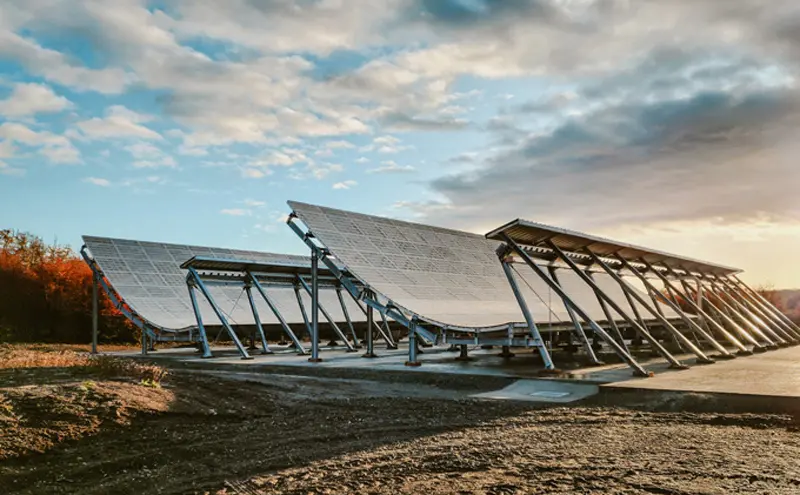
Argentina Space Radar - In Development
Located in Tierra del Fuego, Argentina, this radar covers a massive hole in the World’s space traffic safety systems by filling in our coverage of the Southern Hemisphere. Equipped with S-band technology, This radar is in development.
West Australian Space Radar

Located in Western Australia, this radar site is the second of our systems in the Southern Hemisphere. Equipped with S-band technology, WASR will enable superior tracking and monitoring of medium to high inclination resident space objects in LEO. This radar has been operational since 2023.
Azores Space Radar

Located on Santa Maria Island in the Azores, Portugal, this radar site expands on our ability to track objects due to its location in the Atlantic, closing a critical gap in longitude coverage in Europe and Africa. Equipped with S-band technology, an estimated 96% of cataloged objects pass through the radar’s field of view. This radar has been operational since 2022.
Costa Rica Space Radar

Located in Costa Rica, this is an advanced radar based on our proprietary S-band technology, consisting of multiple one-dimensional phased array radar systems. It is the first of our systems in an equatorial region, and the first in Central America. This radar has been operational since 2021.
Kiwi Space Radar

Located in New Zealand, this radar site is the first of our systems in the Southern Hemisphere and the first with S-band technology. This makes it the first of our radars sensitive to lethal, small space debris that’s currently untracked. This radar has been operational since 2019.
Midland Space Radar

Located in Texas, this is our first demonstration of a one dimensional phased-array radar for space, featuring all LeoLabs-designed hardware and software controls. This UHF radar covers mid and high inclination orbits and is the second radar in our network. This radar can track thousands of objects per hour and is sensitive to debris as small as 10 cm in diameter. MSR has been operational since 2017, with technical upgrades completed in 2023.
Poker Flat Incoherent Scatter Radar

Located in Alaska, this is a UHF radar covering the Northern Hemisphere. Built in 2007 by SRI International on behalf of the National Science Foundation, this radar provides data for studies of the upper atmosphere and ionosphere in the auroral zone. This radar has been feeding data into our system since 2016.
Argentina Space Radar - In Development

Located in Tierra del Fuego, Argentina, this radar covers a massive hole in the World’s space traffic safety systems by filling in our coverage of the Southern Hemisphere. Equipped with S-band technology, This radar is in development.
Our global coverage
Our radar network provides global coverage for LEO, with site locations in the Northern and Southern Hemispheres, as well as polar and equatorial regions

Resources for you
Ready to get started?
Contact sales@leolabs.space for more information.








